Ryan C. is not a stranger to the Peruvian rainforest . Before joining the Latin America For Less team as a travel advisor, Ryan visited the country’s northern Amazon region near Iquitos five-years ago as a college student. His exploration of the country’s jungle continued last March on an adventure to Puerto Maldonado . Ryan described the charm of each jungle destination, but said he preferred Puerto Maldonado.
In 2009 Ryan traveled to Iquitos, a city nestled on the banks of the Amazon River in the country’s far northeast corner.
Many travelers go to Iquitos to see and experience the Amazon River. “Boat excursions to see pink river dolphins or go swimming are really popular here,” said Ryan.
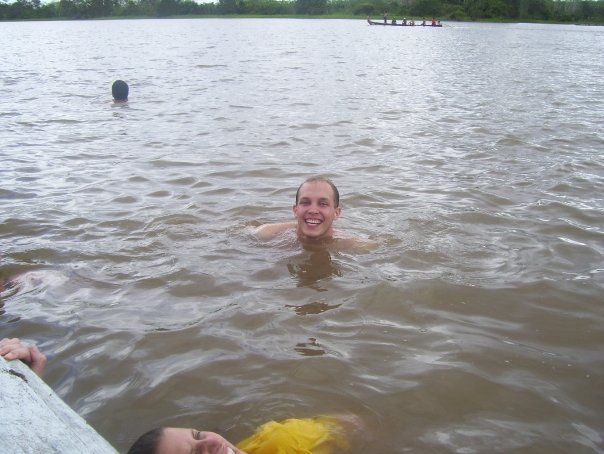 A swim in the Amazon River will keep you jungle-fresh. Circa 2009,
Iquitos
A swim in the Amazon River will keep you jungle-fresh. Circa 2009,
Iquitos
“I was initially nervous to swim in the Amazon River. It was a little cloudy and hard to see what could be swimming around me, but in the end I couldn’t pass up the opportunity. It was a lot of fun and a once-in-a-lifetime opportunity!”
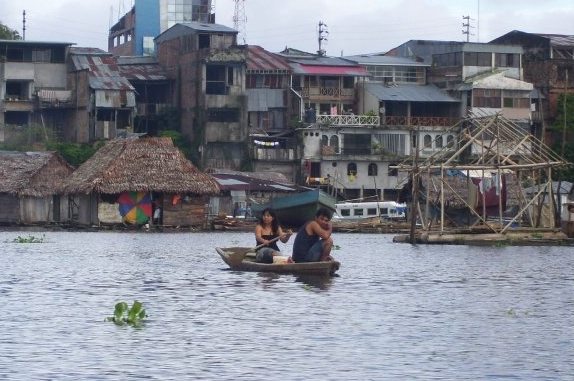 The floating suburb of Iquitos.
The floating suburb of Iquitos.
Another highlight of Iquitos is Puerto Belen , a shantytown where local markets buzz with daily activity and wooden huts stand on stilts in the Amazon waters.
Earlier this year Ryan took a four day trip to Puerto Maldonado. “Some people don’t know this, but you don’t see the Amazon River in Puerto Maldonado,” he said. “The city is actually located on the Madre de Dios River that is one of the main tributaries to the Amazon River.”
After landing at the airport, Ryan continued his journey by boat – a ride that generally takes less than 2 hours – to the Posada Amazonas Jungle Lodge .
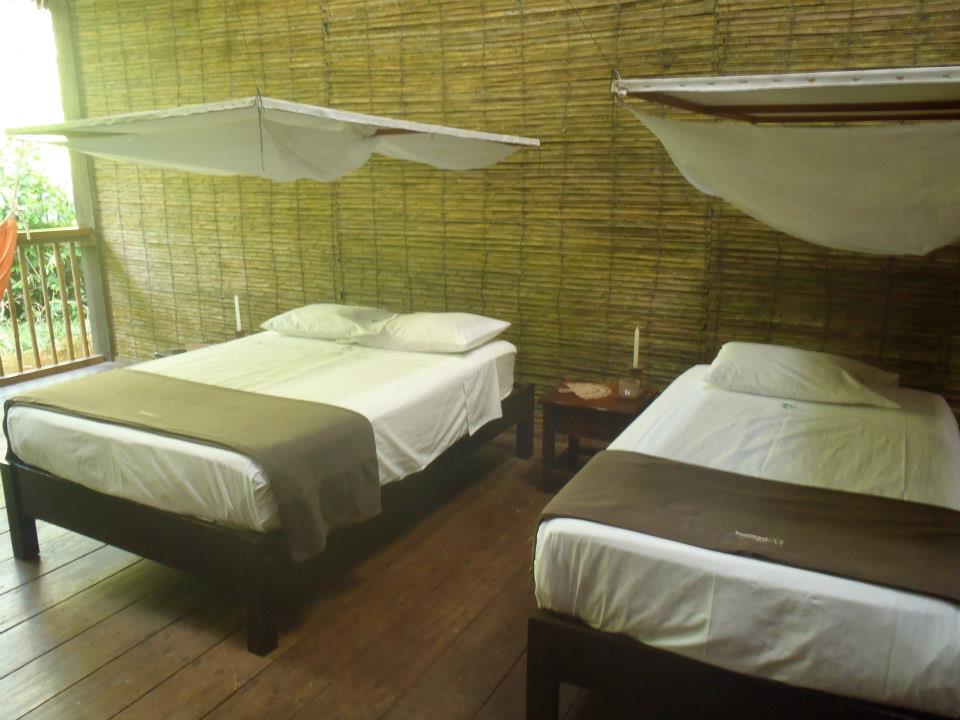 This jungle room only has 3 walls.
This jungle room only has 3 walls.
“When you go to the jungle you really want to be in the jungle and not in a hotel,” said Ryan. “The Posada Lodge has a nice lobby with a gift shop, bar and dining area, but it’s the open-air design that makes this place really unique. My room only had three walls and mosquito netting over the bed!”
Most people visit the jungle during the dry season from June through August, but Ryan said that visiting Puerto Maldonado at the tail-end of the rainy season in mid-March had its benefits.
“It usually rains every day during the rainy season, but this can be a good thing. The river is higher so boats can get to areas that aren’t accessible during the dry season and it can also attract different animals.”
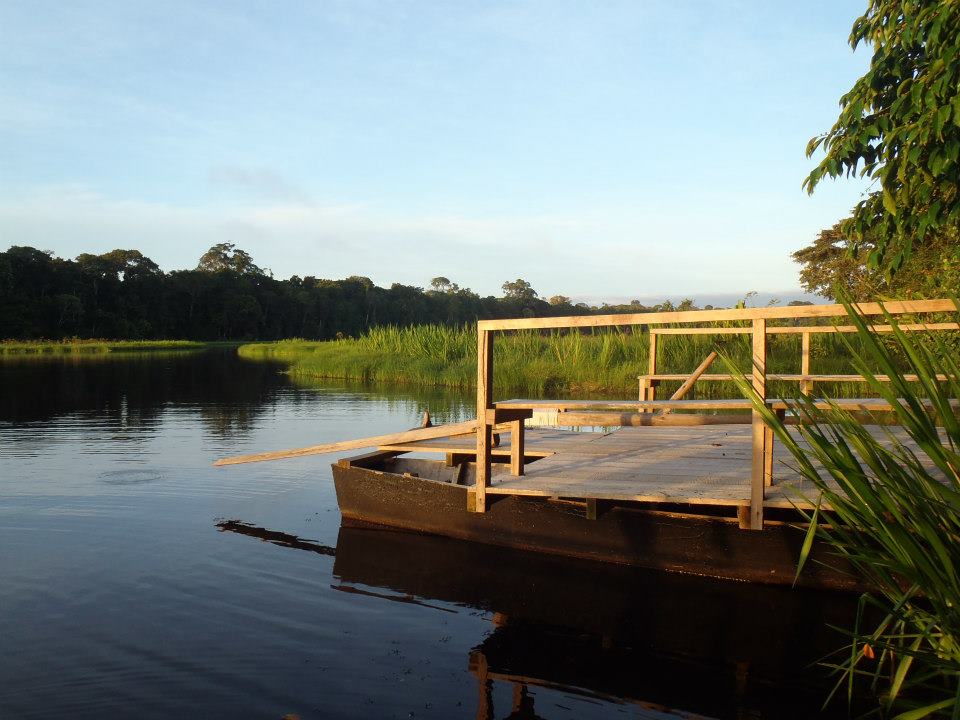 Enjoy some relaxation in the Peruvian Amazon.
Enjoy some relaxation in the Peruvian Amazon.
“ Mosquitos love me,” he said. “But they were not that bad when I went and I did not get bitten.”
Ryan took the necessary precautions: He wore the recommended long-sleeve shirts and long pants to protect himself from these little blood suckers and any rash-inflicting flora and fauna he might brush up against during his jungle exploration.
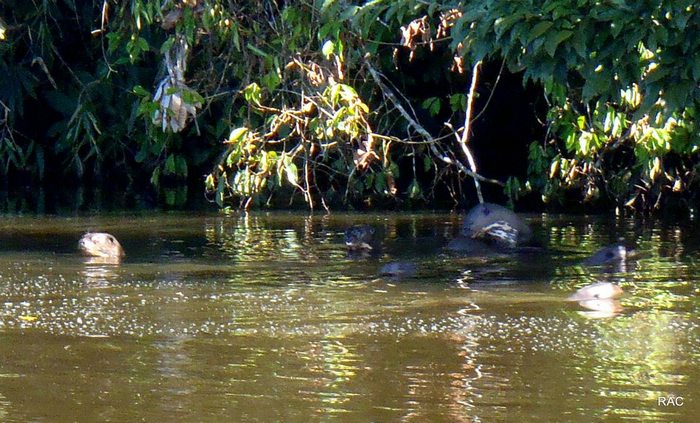 Giant sea otters splashing around.
Giant sea otters splashing around.
“I felt like I saw more wildlife in Puerto Maldonado than I did in Iquitos. I think this is because Puerto Maldonado is much smaller and less industrialized than Iquitos and you don’t have to go as far into the jungle to see wildlife.”
Among many jungle excursions that filled Ryan’s agenda, the tour to see giant otters was his favorite. He and his tour group got an early start to the protected Oxbow lakes region for a glimpse of their morning activity.
“Giant otters are really endangered. After puttering around the lake our guide pointed out a family of six otters. They were swimming around and one caught a fish and they all started to bark in excitement,” Ryan said. “It was really cool, but we had to stay pretty far away because they get spooked easily and we didn’t want to scare them out of the lake.”
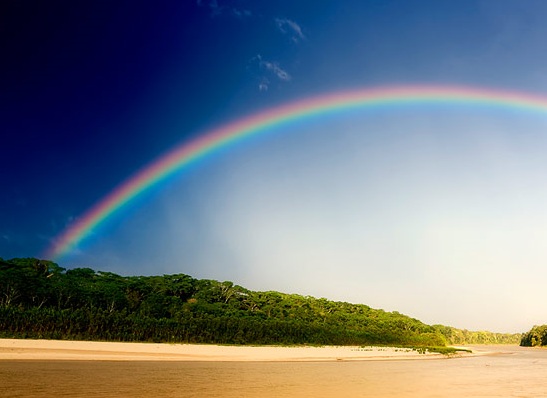 This Brazil nut tree measures five adult arm’s length. Ryan is on the far
left. All photos courtesy of Ryan C./Latin America For Less
This Brazil nut tree measures five adult arm’s length. Ryan is on the far
left. All photos courtesy of Ryan C./Latin America For Less
Brazil nut trees are among the giants of South America’s Amazon jungle. Towering up to 200 feet tall, Ryan provided a simple, yet honest description of these trees. “They were huge!”
“Brazil nuts are really hard and we took turns with a machete trying to break one open. It took four of us and ten whacks to finally break it open,” said Ryan, but it was well worth the effort. “They were really good. The taste is comparable to an almond.”
“Both Iquitos and Puerto Maldonado have their pros and cons, but even though it was the rainy season, I liked Puerto Maldonado better. It was easier to get to the jungle lodge and there was more wildlife, at least when I went visited.”
Have you dreamed about going to the jungle in South America? Let one of our expert travel advisors make this dream a travel reality by contacting us now to start planning your own jungle adventure.

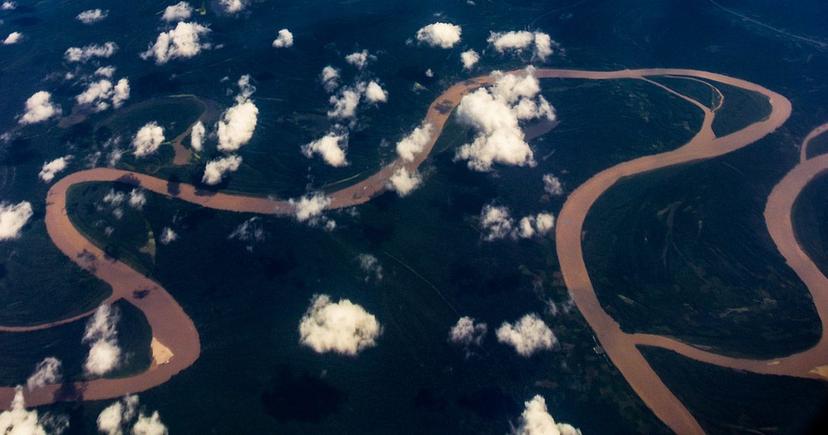
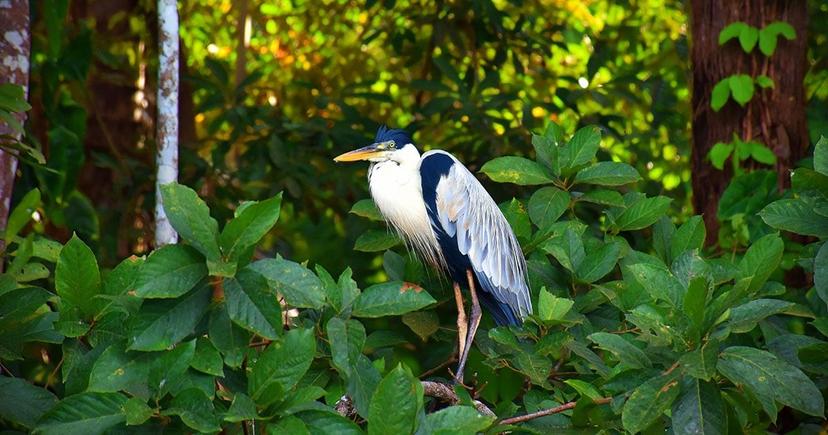
Email: [email protected]
Sign up to receive our newsletter for great articles, stunning photos, and special deals.